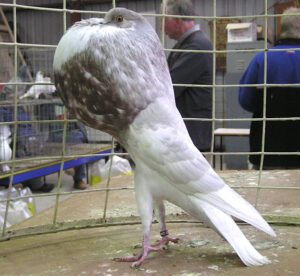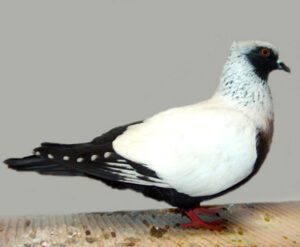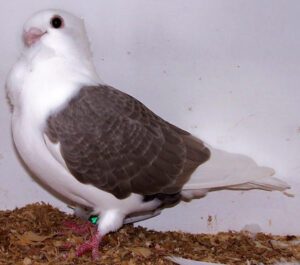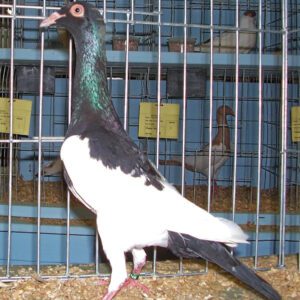Do you want to train your homing pigeons and searching for more information about how to train homing pigeons? If yes, then look no further, here we are going to discuss more about the steps for training homing pigeons.
Training homing pigeons was very important in the past. Because the homing pigeons were used to carry messages from one place to another. Although, training homing pigeons still matters a lot, even though we have new and advanced technology.
Actually, pigeons were domesticated over 5000 years ago. And the homing pigeons are excellent, they have an innate ability to find their way home. Training homing pigeons is also important today, especially if you participate any pigeon racing competition.
Today, most of the people raise pigeons for entertainment purpose, some raise as pets and some people also raise them commercially for business purpose.
Why is Training Homing Pigeons Important?
Training homing pigeons is very important for numerous reasons. Training them is important for messaging and communication, because people are using them from long time ago to send messages.
They help scientists to research and study animal behavior. Training them is also important for participation in pigeon racing, and for using the pigeons as emergency messengers.
Training homing pigeons is also important for preserving their cultural and historical significance. Even though we have new and advanced technology, training homing pigeons still matters a lot.
How to Train Homing Pigeons?
Today, pigeon racing is a great way of entertainment, and it’s also a great way for making some extra cash. You need to train your pigeons well for competing in the pigeon racing. You also need to train the pigeons, so that they come home daily and safely. Here we are describing more about the process of training homing pigeons.
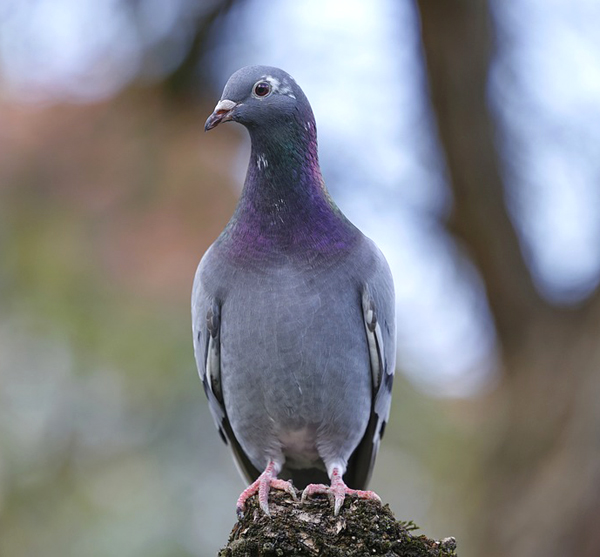
Step 1: Consider Minimum Age for Training Homing Pigeons
You should start training homing pigeons when they are at least 6 weeks old. You can help your pigeons figure out the trapdoor in the loft, when they are 6 weeks of age. The trapdoor is designed to allow your pigeons to get into the loft anytime they want, but you’ll be able to set the trapdoor to only let them out when you want.
It will be good and helpful for training homing pigeons if you put together a training schedule (so that you have something specific to follow daily).
Training homing pigeons actually requires dedication and lots of time. It will be good if you have a schedule ready, so that you know about what you have to be ready for each day. And this will actually help you keep the training process consistent. The training schedule should include training homing pigeons at least once a day.
Step 2: Ensure Adequate Facilities
You must have to ensure adequate facilities for your pigeons. Ensure the birds have incentive to return to their loft. Some common things which make your pigeons want to come back home are comfortable housing/loft, obviously good food and being treated like royalty. It will be good for your pigeons if you can provide them with the highest quality food and safe loft you can afford.
Step 3: Begin Training
Start training homing pigeons to come back home after being released. You should not anyhow do this before your pigeons reach 6-8 weeks of age. You can start training your pigeons to come back home by taking them around 1 mile away from home and releasing them.
You need to do this several times a week (better if you can do this daily). You can use a basket or cage for carrying the birds to the release location.

Step 4: Expand Distance Each Week
You need to expand the releasing distance gradually. Expanding the distance by less or more than 5 miles per week will be good (it’s good if you keep the distance less than or around 5 miles). Taking the birds in different directions each time and releasing them will also be good.
But remember, don’t expand the distance too fast and too far. You need to stop increasing the distance if your birds have any trouble, and continue training them at the last distance where they were successful. Actually training a homing pigeon will take time and dedication. So be patient!
Step 5: Be Careful of Bird Loss
Be careful of bird loss. Loosing birds is obviously unfortunate, but it is not uncommon. You need to reduce the training distance and frequency for a while, if you experience bird loss.
Although some pigeons might simply get tired on their return journey and need time to rest. Generally they will come back home, but it may take them one day to few days to return (if they have stopped for a break).
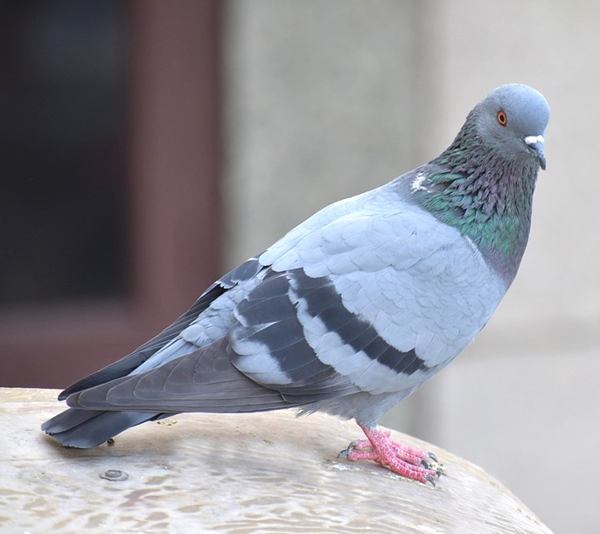
Step 6: Create A Second Home
Creating a second home for your pigeons is a good idea. You can train your birds to fly between two loft locations, in addition to training them to return to your home loft. For example, the second home can either be your cottage or your friend’s/relative’s home. Feed your birds with high quality foods at both lofts.
Doing this will give them incentive to want to return to each loft. Generally they will fly to the other loft to look for food, especially if they are at one loft and are hungry. These are the common ways of training homing pigeons. If you are raising homing pigeons, you need to follow this guide for training them. Good luck!
Frequently Asked Questions (FAQs)
People ask many questions about training homing pigeons. Here we are trying to list the most common questions about training homing pigeons, and trying to answer them. Hope you will find your answer. Don’t hesitate to ask us if you have more questions.
How is a homing pigeon trained?
The homing pigeon is generally trained on either one or two locations using food and water incentives. You can either use the home base location as the single route return for messages or create a route between two set locations. Remove the food from the base, for a two-way flight route.
How long does it take for training homing pigeons?
Depends on numerous factors. But it generally take about 8 weeks for training homing pigeons.
How do you train a homing pigeon for beginners?
Training a homing pigeon begins in the loft. Keep the pigeons in the enclosed building for about 4 weeks after purchasing them. And after 4 years, you can let them fly. Doing this will help solidify the new loft as home. And after 4 weeks, open the loft door every day and let the birds fly.
How do you get a homing pigeon to come to you?
Try to reach the bird gently. Offer it seeds with your hand or place a dish of food in front of the bird. Gradually it will come to you.
How did they train homing pigeons?
Most of the people train homing pigeons by placing their food at one location and their home at another location. And the pigeons have to be transported manually before another flight.
How long does it take a pigeon to get used to a new home?
Generally, it takes about 4 weeks for a pigeon to get used to a new home.
At what age do you ring a pigeon?
It is generally done within their first week of age.
Do homing pigeons know where to go?
Yes, they know where to go. Actually, homing pigeons are known for their uncanny ability to find their way home.
Is it hard to train a pigeon?
No, it’s not hard to train a pigeon. Training homing pigeons is easy and simple, but requires time, dedication and proper care.
What is the difference between a carrier pigeon and a homing pigeon?
Passenger Pigeons are native, wild North American Pigeons. While Carrier Pigeons are domestic pigeons that were trained and used in WWII to carry messages, they are also known as homing pigeons.
Do homing pigeons stop for a rest?
Yes, homing pigeons stop for a rest. They become exhausted and need just a few hours or days to rest or feed before they head home again.
Do pigeons recognize their owners?
Yes, they do. They can actually recognize individual people’s faces and are not fooled by a change of clothes.
What do you do if a homing pigeon lands in your garden?
You can feed and water the pigeon if it lands in your garden. It will fly again to it’s home after getting food and water.
How far can a homing pigeon fly without stopping?
Most of the homing pigeons can fly hundreds of miles without stopping for food or rest. Although, exact distance depends on the pigeon you have and it’s health.
What do you feed a homing pigeon?
Homing pigeons are just like other regular pigeons. And they will love to have rice, maize, split peas, barley, wheat, different types of seeds etc. Providing them with enough clean and fresh drinking water is also important.


